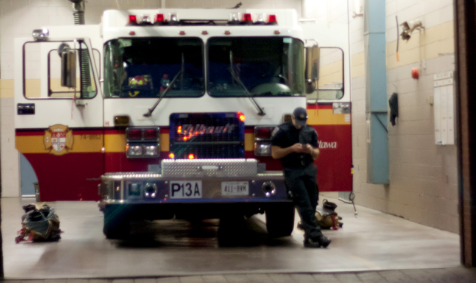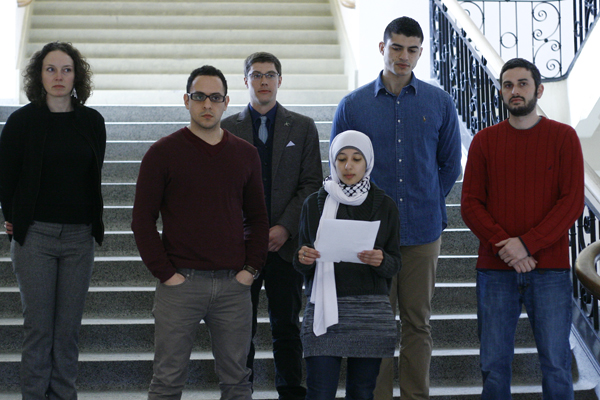System developed in part by SITE will allow emergency services to correspond over longer distances
Jesse Mellott | Fulcrum Staff
Photo by Justin Labelle
THE MOST CRUCIAL part of a first responder’s job is fast and accurate communication. A recent initiative called the First Responder Networked Vehicle Test-Bed would allow for first responders in emergency services—police, paramedics, and firefighters—to communicate over long distances, crossing provincial borders as well as national borders between Canada and the United States.
The University of Ottawa and the Canadian Advanced Technology Alliance (CATA), the largest high-tech association in Canada, are both actively involved in helping to create this new communications network. The system is dependent upon long-term evolution (LTE) wireless broadband communications.
Professor Hussein Mouftah, a Canada Research Chair at the U of O’s School of Electrical Engineering and Computer Science, has experience working with broadband technology and is helping to spearhead the communication network.
“My involvement in the project will be to help install this wireless broadband communication network,” said Mouftah. “This will be done by my students, my researchers, under my supervision.”
In addition to the U of O and CATA’s involvement in the pilot program, it will also include Alcatel-Lucent, Industry Canada’s Communications Research Centre, the Ontario Ministry of Transportation, the Department of National Defence, and municipal departments representing the first responders.
According to Michael Sullivan, program director for the City of Ottawa Emergency Management, the city will also be involved in the creation of the network.
“The city’s involvement is that they are offering some resources to help within the LTE,” said Sullivan. “Those resources would be building locations, or places to hang off the towers, or do other work necessary to build this network, which is just a test-bed at the present stage.”
Sullivan went on to explain how first responders would benefit from the proposed communication network when it becomes operational.
“If you look at national police coordination, a police officer may travel right across Canada—might even travel in the United States in the purpose of an investigation—and would it ever be wonderful if his particular tools for media and for electronics transferred equally across the country and [he could] get his information wherever he was,” said Sullivan.
According to Mouftah, much of the work that will be done at the U of O on the communications network will be conducted at the School of Information Technology and Engineering and Colonel By. The project will involve a number of students in computer science as well as electrical, computer, and software engineering.





